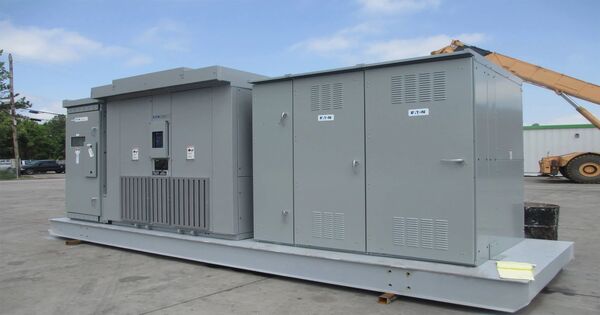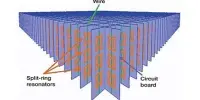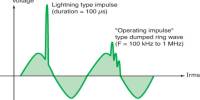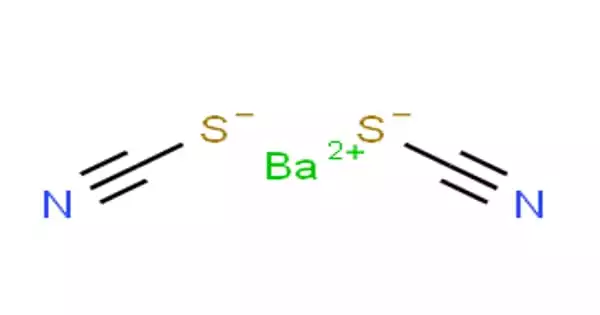A traction power station is one that only generates traction current, which is the electric current needed to operate railways, trams, trolleybuses, and other modes of transportation. A traction substation, or simply a substation, is a building that converts electrical power from the grid into the exact voltage and current required to run electric railway systems, often for trains or trams.
Pure traction power plants are uncommon, and many more power plants generate electricity for other uses, such as normal three-phase alternating current (AC), in addition to traction power. These stations play an important role in providing energy to the overhead wires or third rails that power the trains.
Traction power stations typically take high-voltage electricity from the grid, which is subsequently transformed, rectified, and supplied at the voltage levels required by the railway system. They frequently include transformers, rectifiers (in systems with AC-to-DC conversion), switchgear, and other power distribution and control equipment.
Here’s a breakdown of its key functions:
- Voltage Conversion: The traction power station converts high-voltage AC electricity from the grid into the lower voltages required for safe train operation.
- Current Conversion: It transforms the alternating current (AC) into direct current (DC) since most modern electric railways use direct current to power the trains.
- Distribution: Once converted, the electricity is distributed through overhead wires (catenaries) or third rails, which supply power to the trains.
- Control and Monitoring: Traction power stations are equipped with monitoring and control systems to ensure the efficient and safe operation of the electrified railway network. These systems regulate voltage and current levels and monitor for any faults or abnormalities.
- Backup Systems: They frequently have backup power sources or redundancy to ensure uninterrupted functioning in the event of power outages or other situations.
The size and capacity of traction power stations are determined by a variety of criteria, including the size of the railway network, the number of trains, the kind of train (electric or hybrid), and the frequency of operation. Modern traction power plants may also include modern technologies for monitoring, control, and energy efficiency.
















